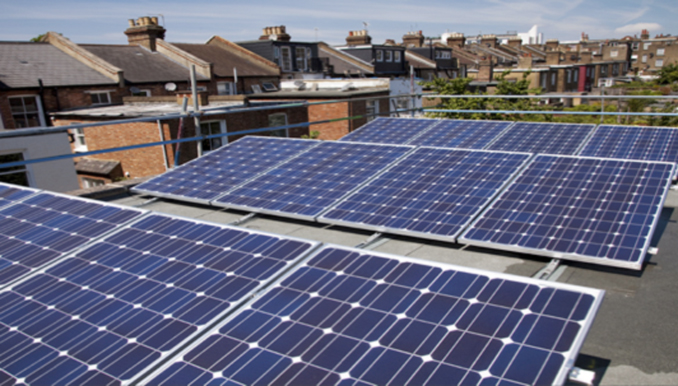Household Bills
Warnings raised over ‘green’ energy tariff surge

A significant jump in the number of households moving to ‘green’ energy tariffs may not be as good for the environment as it appears.
That’s according to comparethemarket.com, which noted that last year 81% of households who moved tariff through the price comparison site opted for a green tariff. This is up sharply from 43% in 2019 and 22% in 2018.
However, while this may reflect a greater appreciation of environmental issues among Brits, the site cautioned that people opting for these tariffs may not be getting what they think.
What makes a tariff green?
You might think that the energy provided through a green tariff comes from a renewable source, like wind or water. But the reality is rather different.
Sometimes the green tariff on offer means that you are making direct use of renewable energy. But other tariffs instead rely on the supplier purchasing ‘renewable energy guarantee of origin’ certificates instead.
Essentially, renewable energy generators are issued with these certificates for the renewable energy they produce, and they can sell off any excess certificated to non-renewable energy generators. These latter firms can then use these certificates as a way of making a tariff ‘green’.
In other words, the tariff you sign up to may be green simply by virtue of your supplier having bought a few certificates from a rival energy firm.
The practice has previously been described as ‘greenwashing’, allowing firms to market their tariffs as energy efficient even if they do little to nothing to actually support new renewable energy generation.
Greater transparency needed
Peter Earl, head of energy at comparethemarket.com, said that the increased proportion of households opting for green tariffs seems encouraging, but the reality is that not all of these tariffs are quite as energy efficient as households think.
He continued: “Since the level of power directly sourced from renewable energy appears to track behind the level of tariffs that claim to be green, some suppliers seem to be generously marketing tariffs to consumers as green or renewable, when in fact the fuel is not sourced sustainably.”
Earl called for the energy industry to do more to make the fuel mix of tariffs more transparent for customers, adding that stricter criteria should be met before a tariff can be labelled as green or renewable.
This is particularly important, given that the latest information from the government on the fuel mix found that a little more than a third (37.9%) of the energy produced in the UK is directly sourced from renewable energy. With the sheer number of supposedly ‘green’ tariffs on offer today, it’s open to debate where households are being properly informed about what they are signing up for.